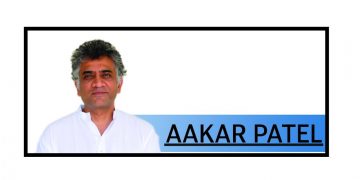As the financial year draws to a close, it’s the perfect time to get your tax-saving affairs in order. Submitting your investment proofs can help you significantly reduce your tax burden. If you are in the old tax regime, various deductions are available – particularly the popular Section 80C. Let’s dive into how you can maximise your savings.
Section 80C: Your powerhouse for tax deductions
Section 80C of the Income Tax Act is a key tool for taxpayers seeking deductions. Investments and expenditures specified under this section are eligible for a deduction of up to Rs. 1.5 lakh from your total taxable income. Here are some of the most common 80C investments:
- Life insurance premiums: Traditional life insurance plans offer financial security for your family and tax benefits for you. Premiums paid for such policies qualify for Section 80C deductions.
- Public provident fund (PPF): PPF is a government-backed retirement savings scheme. Interest earned is tax-free, and contributions qualify for Section 80C deductions.
- Equity-linked saving schemes (ELSS): These mutual funds invest primarily in equities. Besides market-linked returns, ELSS offers the shortest lock-in period (3 years) among 80C investments.
- National savings certificate (NSC): NSCs are fixed-income instruments issued by the Government of India with attractive interest rates and 80C tax benefits.
- Tax-saving fixed deposits: Many banks offer tax-saving fixed deposits with a 5-year lock-in, qualifying for deductions under Section 80C.
- Home loan principal repayment: The principal portion of your home loan EMIs is eligible for Section 80C deduction.
Important pointers about 80C deductions
- The maximum deduction allowable under Section 80C is Rs. 1.5 lakhs.
- Investments and expenditures must align with the provisions of Section 80C to be eligible.
- It’s crucial to submit proof of investments to your employer to claim these deductions.
Additional deductions under the old tax regime
The old tax regime extends further deductions beyond Section 80C. These include:
Section 80D: Medical Insurance Premiums: Premiums on health insurance for yourself, your spouse, dependent children and parents are eligible for deduction.
Section 80E: Education Loan Interest: Only the interest component of your education loan EMIs qualifies for a deduction under this section.
Section 80G: Donations: Various donations made to specified charitable organisations can earn you tax deductions.
Submitting your investment proofs
Timely submission of investment proofs is vital. Here’s a general process:
Gather proofs: Collect receipts, certificates, and other documents related to your eligible investments.
Submit to your employer: Most employers will have a deadline for investment proof submissions. Adhere to it to ensure a smooth deduction from your taxable income.
Verification: Your employer will verify the proofs and adjust your TDS calculation accordingly.
To wrap up
Tax planning should be proactive. Choosing the correct deductions, investing strategically, and ensuring correct and timely filing form the backbone of tax efficiency in the old regime. Explore opportunities, take advantage of deductions, stay organised, and reduce your tax burdens.






































